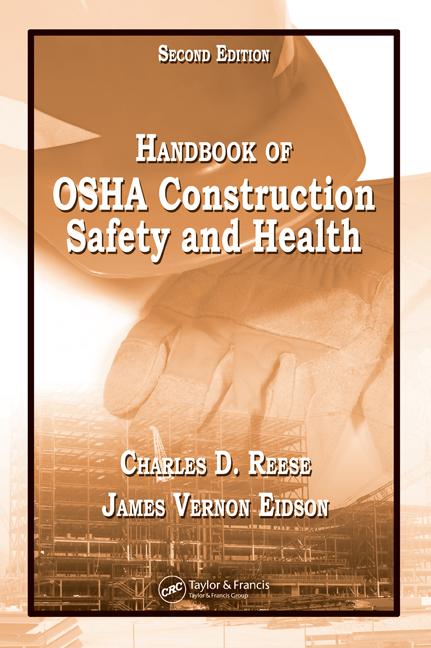 Source: Safety and Health Practitioner www.shponline.co.uk
Source: Safety and Health Practitioner www.shponline.co.uk
The HSE (the United Kingdom’s Health and Safety Executive) only started issuing estimates of the number of ill health deaths in 2010. These are people who die in hospitals or at home after a long illness. They do not die in the workplace that gave them the illness. The latest figures show that around 13,000 people a year die through work-related ill health.
That means the deaths caused by accidents represent only 1% of the total deaths caused by work. 99% of occupational mortality is attributable to disease.
And this isn’t just a problem of past exposures. The number of new cases of self-reported work-related ill health had been falling in recent years, but has now increased to 535,000 per year.
How did we get into this situation?
The simple answer is we put safety first. It’s clearly important that safety should be high on the agenda, but we have prioritized it at the expense of health. This was the right thing to do. In the past there were so many acute injuries and fatalities occurring that it made sense to tackle these first. And although safety isn’t easy, health has always been harder. Safety hazards are easier to appreciate. It is much easier to visualize falling off a ladder than it is to visualize the harm caused by exposure to gases and vapors. Safety risks are often easier to control.
But we need to begin with a change in our focus and embrace Health like Safety.
Controlling exposures to chemical, physical and biological agents requires comprehensive, robust and realistic risk assessments, which must to be carried out by competent individuals. There also needs to be an acceptance, ownership and effective implementation of the controls identified in the assessments.
This means becoming actively involved in the selection of control measures, understanding how they work, challenging their performance and adapting them to the specific situation. For maximum benefit, different control measures need integrating, going beyond a simple hierarchy.
We need behavioral safety programs to become behavioral health and safety programs. Just as the assessments need more understanding, so employees will need more training.
If we continue to work together it will mean that in the future workers’ health will matter as much as workers’ safety.






